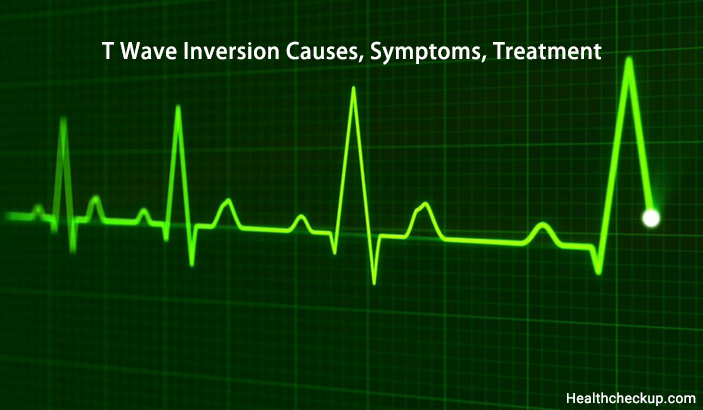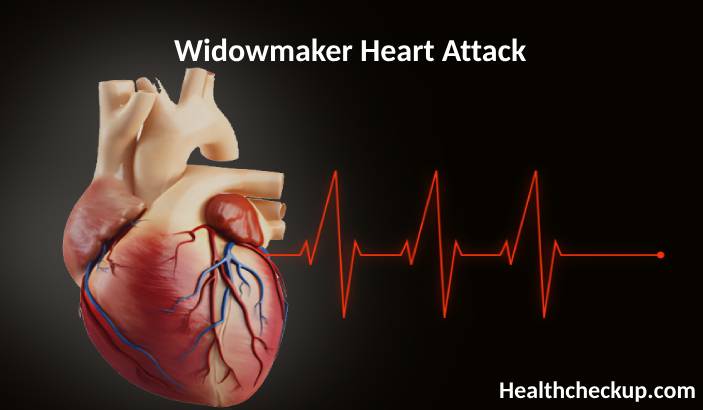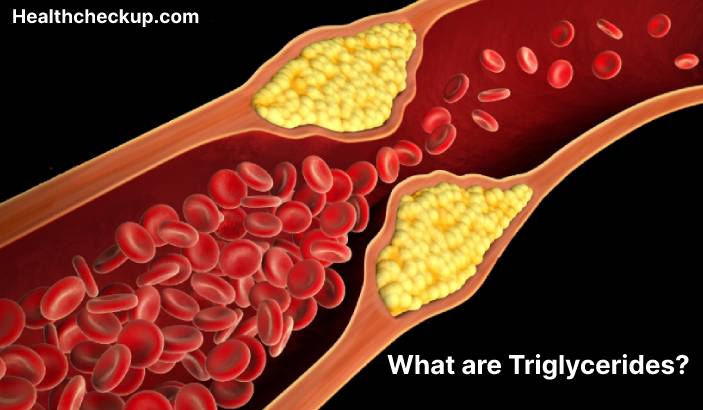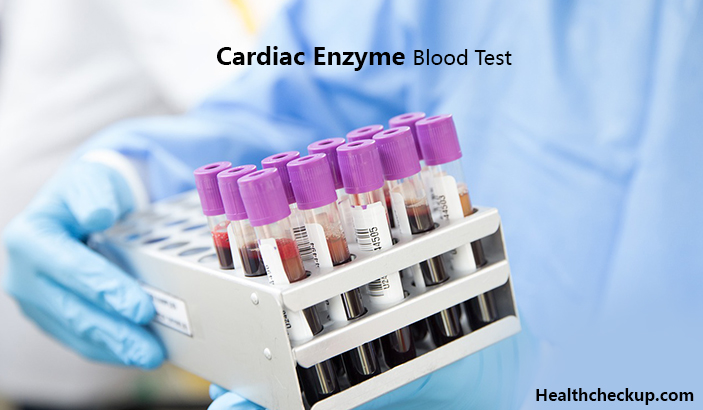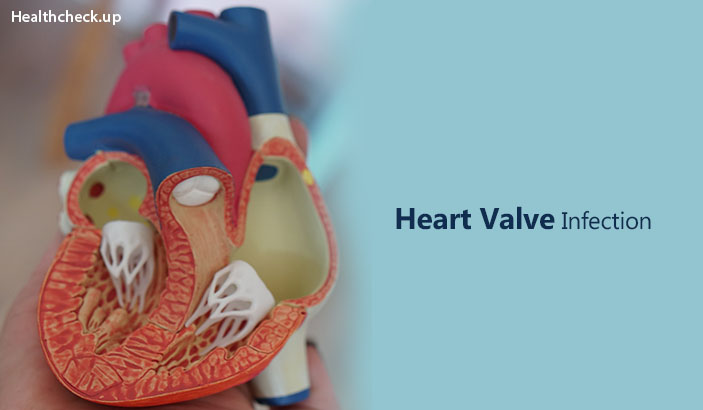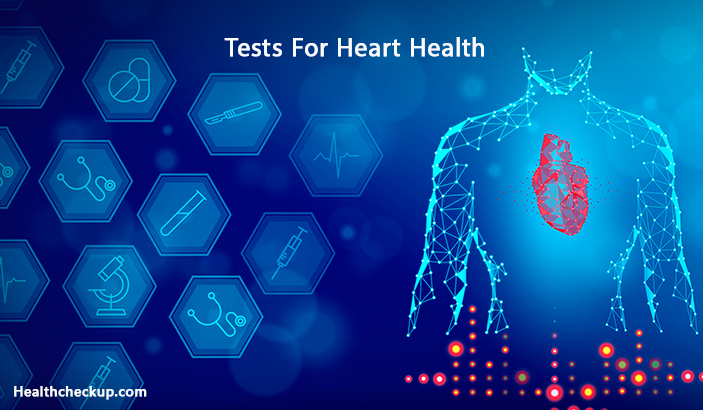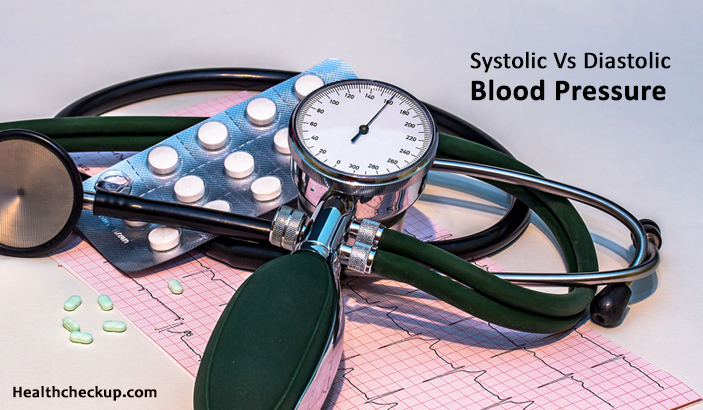Electrical impulses are necessary for your heart to expand and contract antagonistically. One of the electrical impulses measures is called a T wave. T-wave inversion is sometimes detected in medical tests done using an electrocardiogram. This article gives you an in-depth understanding of the T wave in your Electrocardiogram results.
An electrocardiogram measures your hearts electronic activity. It is abbreviated to ECG or EKG. Your ECG results help medical practitioners detect heart conditions and problems. Electrocardiograms do this by measuring the frequency of your heart’s electrical impulses. It does so by having electrodes attached to the skin of the patient.
A standard ECG has 10 electrodes attached to the skin. They are strategically placed on the chest, legs and arms. The electrodes attached to the ECG with up to 12 leads.
What Is A T Wave?
After taking an ECG test, the results come either on a printed paper or on screen in modern society. The results are a wavy drawing with different peaks and dips. There are several factions of peaks, spaces between peaks and dips. These indents are usually called Waves and the T wave is one of them. The T wave causes ventricular repolarization of the heart in anticipation of the next contraction.
What Does T Wave Inversion Mean?
The T-wave is connected to the QRS complex by the S.T segment. It normally has an amplitude of <5 millimetres. In normal ECG readings, the T-wave should be upward. It is usually an upward curve that is followed by a rapid dip. If the readings show different characteristics then you have inverted T-waves. Inverted T-waves are always noted in the aVR and V1 leads.
Inverted T waves mean on an ECG that you should go for further testing. This is because T waves are very non-specific. Inverted T waves may occur for a variety of reasons. Some of these reasons may be life threatening or some may be just normal and not life threatening. Just incase you have inverted T-waves, consult a professional medical practitioner for further and more conclusive tests.
What Causes T-Wave Inversion?
There is no single cause of inverted T-waves. In electrocardiogram results interpretation, there are a number of possible T-wave inversion causes that are usually suspected. This is because T-waves can be altered by a variety of factors. These factors may be secondary or primary.
Primary causes of inverted T-waves are caused by benign reasons. Secondary reasons are as a result of new ailments to the heart. Some of the conditions that are known to cause T-wave inversion include
- Hypokalaemia
- Pulmonary embolisms
- Some medications e.g. Digoxin
- Wolff Parkinson White Syndrome
- Hypothyroidism
- Acute Myocarditis
- Ventricular Hypertrophy
- Ischemic Heart Condition
Other causes are non-specific T-wave abnormality. These are small or minor alterations that cause inverted T-waves. They can be exercised, having a very hot or very cold drink, a change in sitting posture or even the feeling of anxiety as you are about to take an ECG. It is also important to note that T-waves inversion is common in most children and women.
Symptoms of T-Wave Inversion
The only ailment that can be certainly detected by an inverted T-wave is hypokalaemia. This is the condition caused by not having enough potassium in your blood. Inverted T-waves can be a sign of distress. An inverted T-wave should not cause stress. It is best subjected to further professional scrutiny. Even then, some abnormal T-waves symptoms and signs to watch out for are
- Chronic and intense chest pain
- Severe Headaches
- Chronic Fatigue
- Coughing Uncontrollably
- Experience heart palpitations for no reason
- Difficulty Breathing
- General body weakness
T-Wave Inversion Treatment
T-wave inversion is not a disease itself. It is a bio-marker that something could be terribly wrong with your heart. In the case that you have inverted T-waves and it is a serious ailment, there are a few remedies. Depending on the ailment you have, a qualified healthcare giver will suggest to you some or all of the following treatments
- Prescription pills. A doctor can recommend a healthy dosage or discourage the use of others
- Surgery or operations
- Organ transplants
Ways of Preventing Inverted T-Waves
Prevention is always better than cure. Instead of getting a diagnosis of a disease, it is better to avoid it altogether. Prevention of T-wave inversion is achieved by preventing the diseases that lead to the inversion. A healthy diet with balanced meals and adequate exercise are the best ways to prevent T-wave inversion. Other ways of preventing inversion of your heart’s T-wave are;
- Reduce stress
- Having ample rest and sleep
- Drinking lots of clean water
Basic Facts About an ECG
The process of having an ECG test is quick and totally painless. There is no risk of electric shock or any form of physical pain. A professional medical caregiver should interpret the results of an ECG. An ECG test can be done in a hospital facility or at home.
ECG tests can be done while you are resting or active. Usually, a resting ECG test is done with you lying on a bed or other surface. An active ECG test is done while you are exercising or involved in some activity. A treadmill walk or jog is often preferred for active ECG testing.
With medical advances, you can have an ECG test to look at your T-wave done in the ambulatory method. In an Ambulatory ECG test, you wear a band with electrical impulse detectors around your waist and carry it around for a number of days.
Medically Reviewed By

Professionally, a trained Microbiologist and Plant operator, Eustace is an experienced health content writer who is passionate about helping people lead a healthy life.


